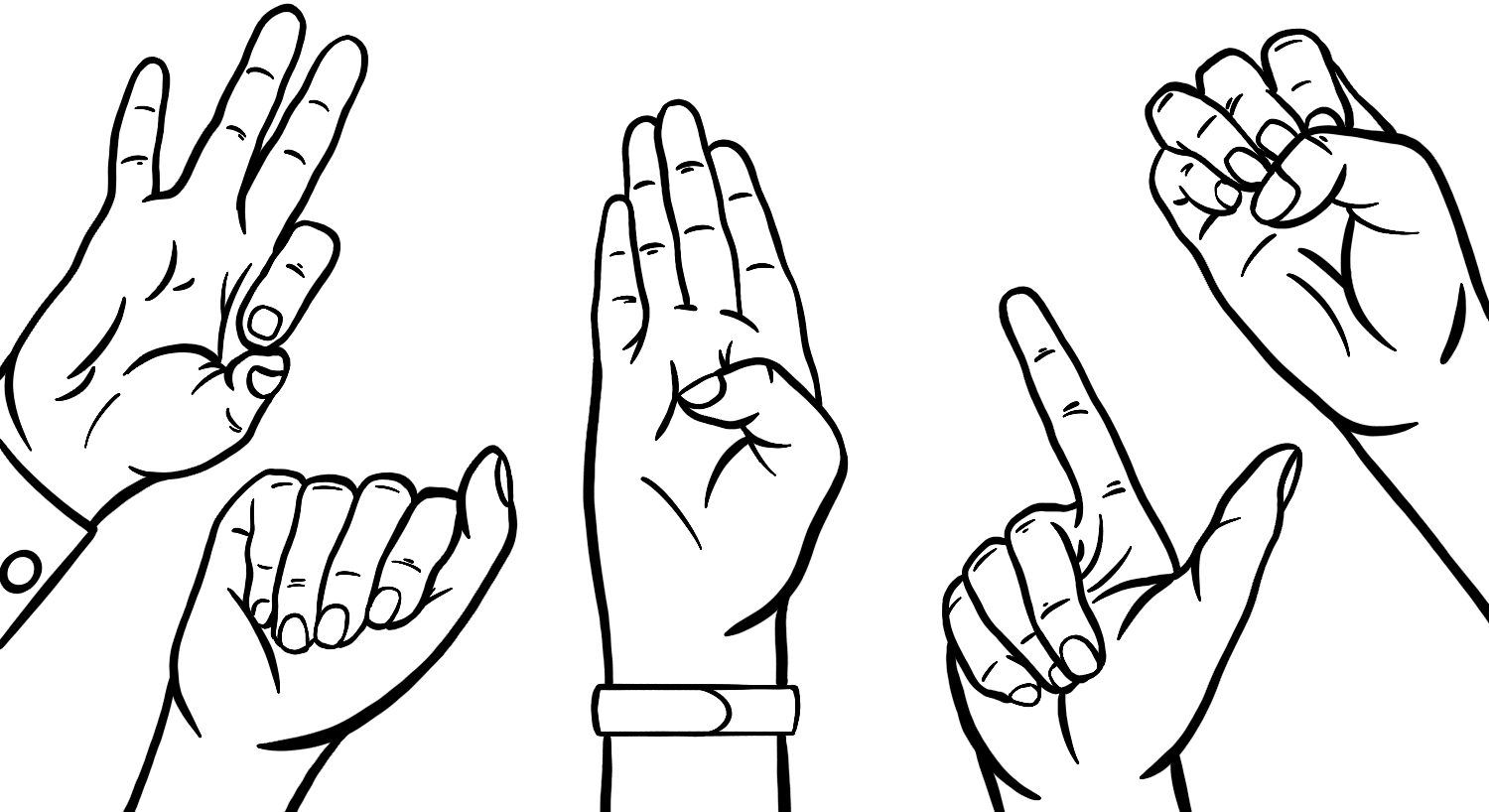What is Sign Language?
Sign language is a natural language where people communicate using hands and bodily gestures instead of their mouth, primarily used by people who are deaf, hard of hearing, have hearing difficulty, or are unable to vocalize speech.


Sign Language defined:
Sign language is a natural language that helps people communicate in non-vocal terms, and as a result is most often used by people who are hard of hearing, deaf, or unable to verbally speak.
Communicating with hand or body gestures has existed for most of human history, with references dating back to ancient Greece in the 5th century BCE. However, the development of a full language without verbal speech to accompany it has its roots in village sign languages. In communities with high levels of genetic deafness, sign languages evolved into a method of communicating every member could know and learn, not just deaf or hard of hearing folks. Many early schools for the deaf also tried to suppress sign language, instead trying to force deaf people to learn to speak. As a result, the earliest iterations of sign language evolved as a natural language versus a formalized language.
The first iteration of the modern two-handed alphabet was documented in the Digiti Lingua pamphlet, published in 1698 by an anonymous author who himself was unable to speak. After this, evidence of the development of comprehensive sign languages emerged from France in the 18th century and the American colonies (later the United States) in the 19th century.
Today, there are over 300 sign languages used throughout the world, with American Sign Language (ASL) being one of the most well-known, particularly throughout the United States and most of Anglophone Canada. There is also French Sign Language, called LSF (langue des signes française) and British Sign Language (BSL). As well, sign language is one of the most popular second (or third) languages that people choose to learn.
However, each type of sign language can also contain regional slang or dialects, similar to spoken languages. Given that, being fluent in one type of sign language does not necessarily mean fluency in all dialects of that sign language.
Despite its popularity in popular culture, sign language is not necessarily the dominant form of communication in the deaf community. This is for a couple of different reasons: to start, hearing loss is a spectrum, and some people can verbally communicate with an assistive hearing device (like a hearing aid). Further, many deaf people feel they can communicate effectively with a mix of written communication, some verbal speech, and other non-sign language gestures. Further, many deaf people don’t have the opportunity to learn sign language, resulting in lower overall usage in the deaf community.

